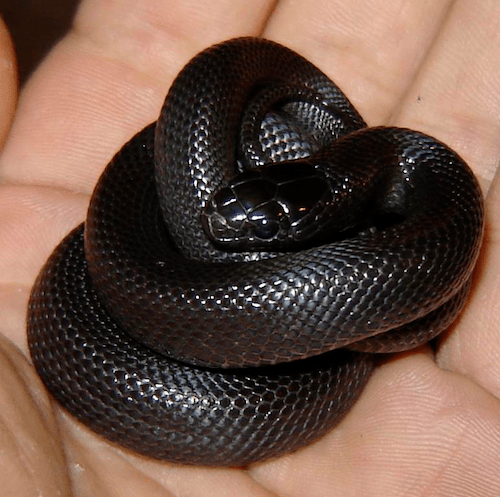Type the name of the breed you're looking for below
[wpdreams_ajaxsearchlite] Don't see the breed your're looking for? Click here and let us know!
Mexican King snake
| Place of Origin and Range | This species occupy rocky areas and places lush with vegetation in various regions of the Sonora Desert, North western Sinaloa, Mexico, and small parts of Arizona. |
| Description | This snake is variable in colouration. Can be grey or grey-green to charcoal with a series of large, squarish, black-edged red dorsal blotches. Can also be light grey to buff with white-bordered black saddles that may or may not have a red centre. The head is marked with black, and the neck blotch is elongated. Another variation is pearl grey or cream coloured background. Newborns sometimes carry small spots of white or yellow, particularly under their chin; however, those markings commonly either fade or disappear entirely as they mature. A full grown adult will usually have no discernible rings or other markings of any kind. |
| Morph Patterns Available | Yes |
| Adult Size | Can grow up to 3 feet (0.9m) |
| Accommodation | Arid Rocky habitat. To avoid injuries anchor any rocks in the vivarium before you add the substrate. In this case sand. You will want to include a large dish for bathing and soaking in to improve shedding. Always include a day basking spot at 80'F(27'C). Along with multiple hides. Minimum 2 x 2 x 4 feet for an adult. |
| Lifespan | Can live 15-20 years |
| Feeding / Diet | In captivity, they can remain in excellent health through "an all rodent diet" (e.g., mice, rats) and are opportunistic feeders. Many owners prefer to feed their snakes pre-killed rodents as they will not carry over mites or other parasites, are generally more convenient to store, and will not pose any danger to the reptile (mice and rats will bite and scratch in an effort to defend themselves). Some owners have been reported to feed their snakes in separate enclosures ("feeding areas") to ensure further sanitation. Most local pet stores that sell reptiles, will also typically carry frozen mice at various stages of development. Because snakes digest nearly all of their prey, they do not require additional sources of vitamins or minerals. Moreover, at this time, there exists no data to suggest otherwise. |
| Breeding | About nine eggs may be laid about seven weeks after mating. Hatching may take up to four months.The young measure about 11-13". |
| Other Considerations | Snakes are relatively hardy low maintenance animals when kept in the correct environment, and require little day to day care other than feeding and cleaning out the tank as required. However, like all animals, they can still become sick or injured despite our best intentions to prevent this. |



